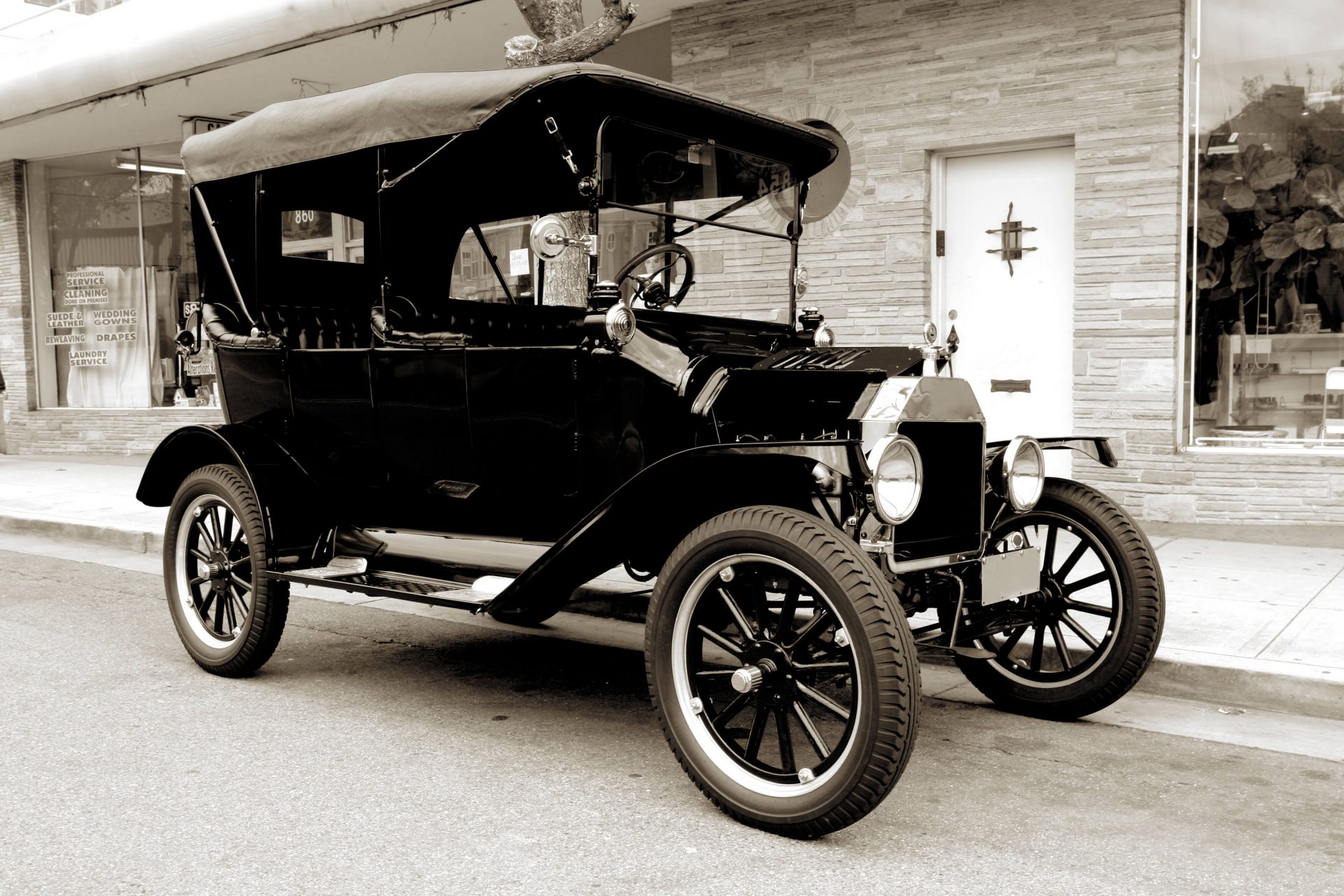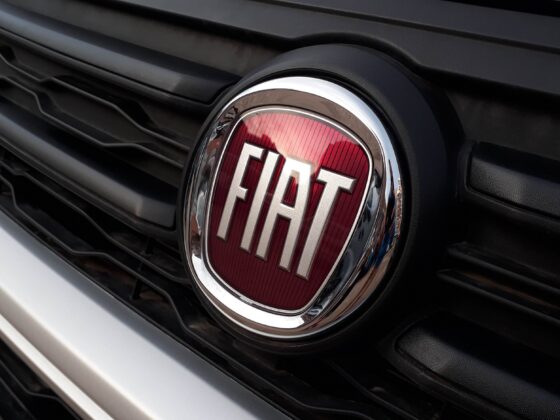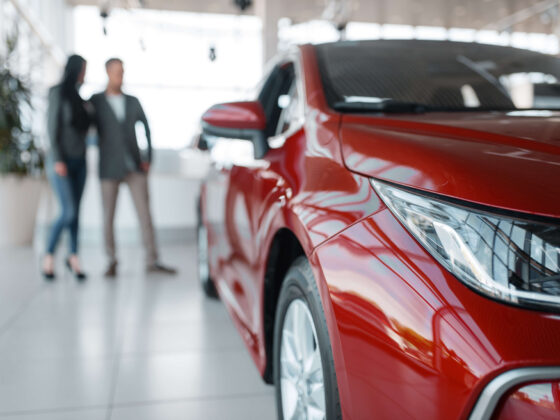When it comes to safety features, today’s modern vehicle offers a staggering number of options. Each year it seems there is another bell, another whistle, another program set to kick in and safeguard both drivers and passengers from danger. From assisted driving to automatic braking, from lane departure warning to backup cameras, from anti-lock brakes to adaptive cruise control, from tire pressure monitors to full car airbags, there is no shortage of protective elements available.
Use eTags© to Quickly Complete Your DMV Service. Renewals, Title Transfers and More, All Online!
Interestingly enough, the three standard features, the OG’s of the automotive industry are often overlooked as some of the most important. Perhaps because they’ve been around and in use for so long, that we now take them for granted. They are not perks or options in a car package; they are integral and necessary to the operation of any vehicle with four wheels. So we thought we’d dip into history and highlight the three elements we think don’t get nearly enough attention when it comes to say, quadruple airbags or a car that parks itself.
Click it or Ticket
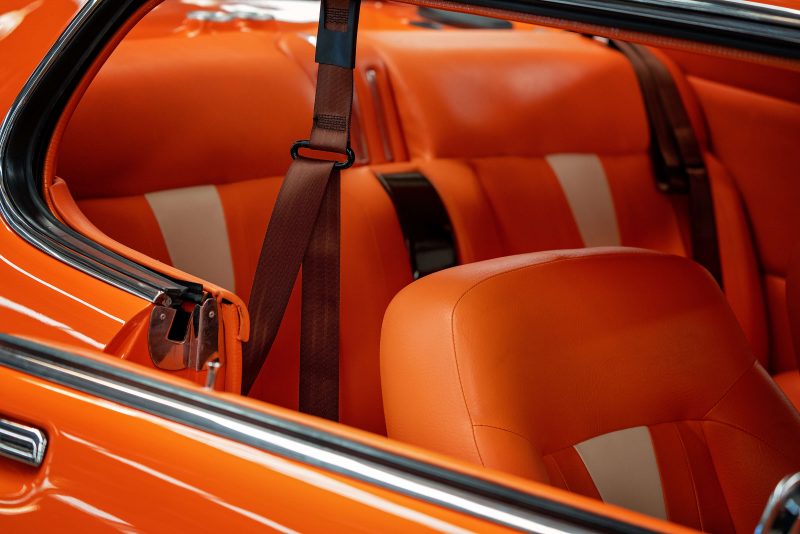
The first component, both on our list and chronologically, is the venerable seat belt. Long before highways and governments had begun flashing the catchphrases, “Buckle Up,” or “Click It or Ticket,” there was a man who understood the need for humans to be strapped into their moving object. Moving object, as it were, for Englishman George Cayley, had wings rather than wheels. Seeing a need to keep pilots inside their gliders, he invented a strap to help keep bodies from flying out of their cockpits.
This was sometime in the late 1800’s, but the trend (and importance) of the seat belt did not quite catch on until 1885. It was then that American Edward J. Claghorn decided it was best to keep tourists visiting New York safe, rather than injured or dead, and implemented the use of seat belts in New York taxis.
Still, the use of seat belts remained unpopular in the general automotive industry, only picking up a bit of momentum in the 1930’s when a group of physicians began to recognize the belt’s efficiency at preventing death. In 1954, the Sports Car Club of American began requiring all race drivers to wear lap belts.
In 1958 Swedish engineer Nils Bohlin invented the three-point belt, which, to date, has helped save over one million lives.
By 1966, all American vehicles were required to have seat belts. And finally, in 1995, it became a law in the United States that seat belts must be worn. And with good reason given all the lives saved and injuries avoided by the simple use of a seat belt.
Lighting the Path to Safety
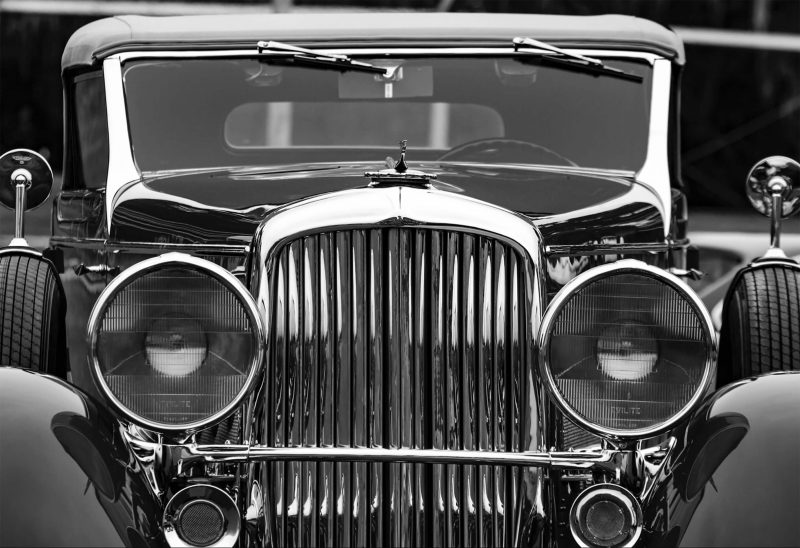
Another safety feature that saw its own evolution through the late 1800’s and early 1900’s were headlights. Though lamps on vehicles were not a novelty in and of themselves, the path to electric lamps was a slow one. The original light givers in the 1800’s on carriages were made with a combination of oil and acetylene. This mixture worked to illuminate the path in front of a driver, but because the components were so expensive, there was little investment made in its development.
An early attempt to implement electric lamps on cars was made by the Electric Vehicle Company in 1898, but their efforts ultimately saw little success. Again, the makings of the lights were both costly and lacked sufficient funding for research and development.
By 1911, however, the electric headlamp had become a standard, leading up to 1912 when Cadillac unveiled a version of a headlight that not only worked, but could withstand rain without posing any risk. This led to the state of Massachusetts passing a law in 1915 that all vehicles required electric headlamps, slowly inspiring the rest of the country to follow suit.
Eventually, the headlamp evolved, leading to the plethora of lights on today’s different sorts of vehicles with options like high beams, low beams, turn signals, halogen lights, and fog lights.
MVPs of Rainy Days
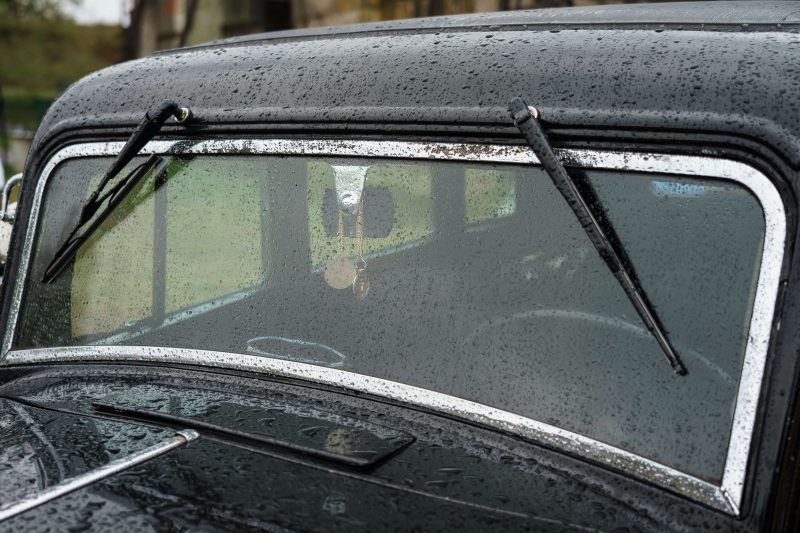
Last, but most certainly not least, and right on time for Women’s History Month, comes the brilliant invention of the windshield wiper. As the story goes, a young woman named Mary Anderson made her way up from her home state of Alabama to New York for a little holiday back in 1903. (Are we seeing a pattern with New York inspiring safety features?!). Whilst ridding the trolley during a particularly dreary winter afternoon, Mary noticed that the snow and ice outside were accumulating on the glass at the front of the trolley, making it difficult for the driver to navigate.
She watched as the driver struggled, first attempting to drive with his windows open, and then stopping often to exit the trolley and clear off the windshield with his hands. Recognizing the inefficiency of this method, Mary Anderson devised an apparatus that would affix a rubber blade to the outside of the window with a handle in inside, allowing the driver to control it.
Mary Anderson’s invention of mechanical windshield wipers would become standard on all vehicles by 1913
While she was ridiculed quite a bit for her hair-brained idea, Mary Anderson’s invention of mechanical windshield wipers would become standard on all vehicles by 1913. There is talk that Mary was not the first human to think of this contraption as a solution to visual disruption during inclement weather, but ultimately, it was her design that worked, and thus her design that was the prototype for the modern windshield wipers on every vehicle today.
And there you have it. Before the back-up beeps, the multi-side cameras, the self-driving, and self-parking were even a glint in some inventor’s eye, these three basic features had to be born. And with the invention of seat belts, headlights, and windshield wipers, thus emerged the backbone of modern-day automobile safety.
